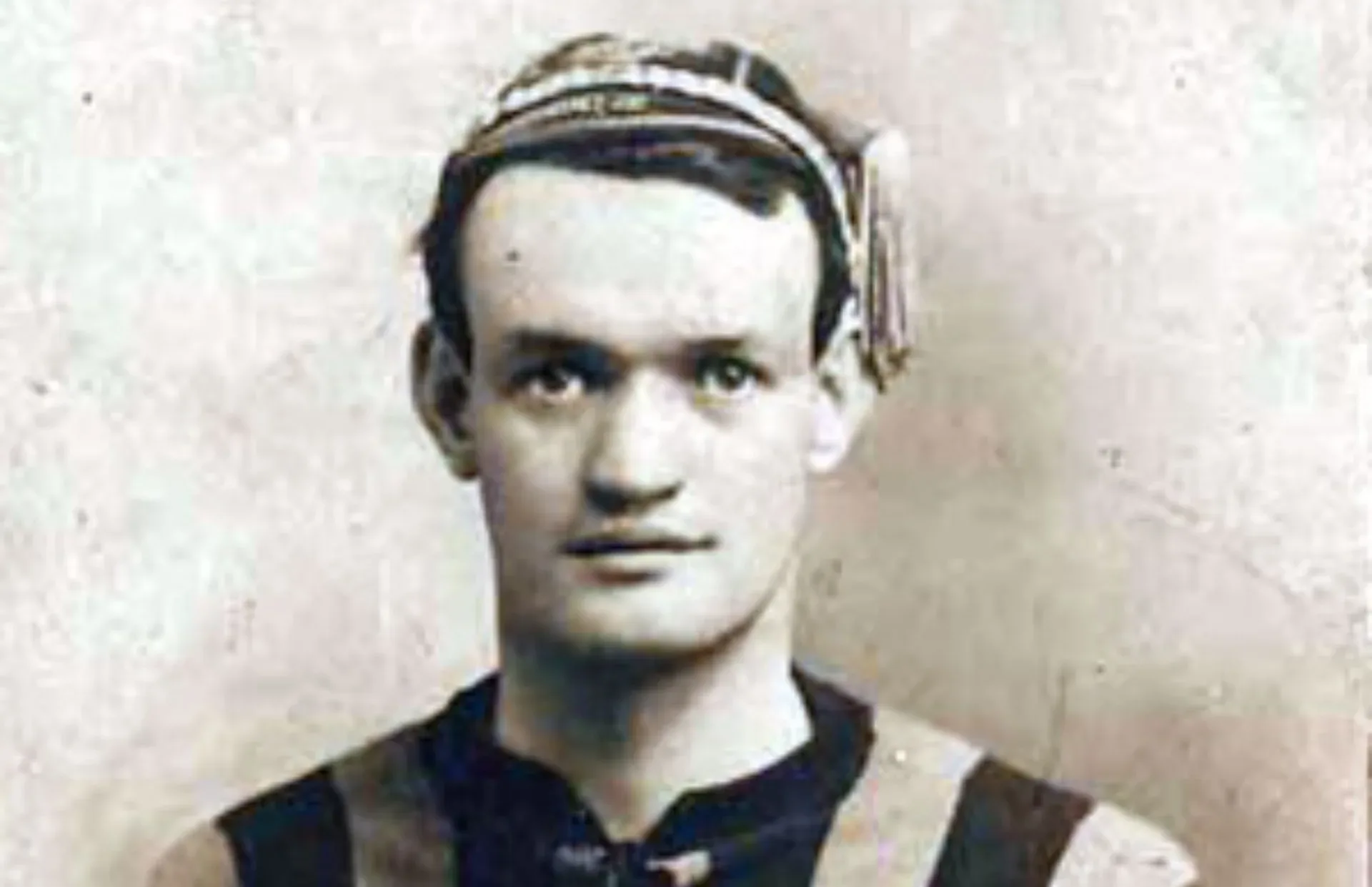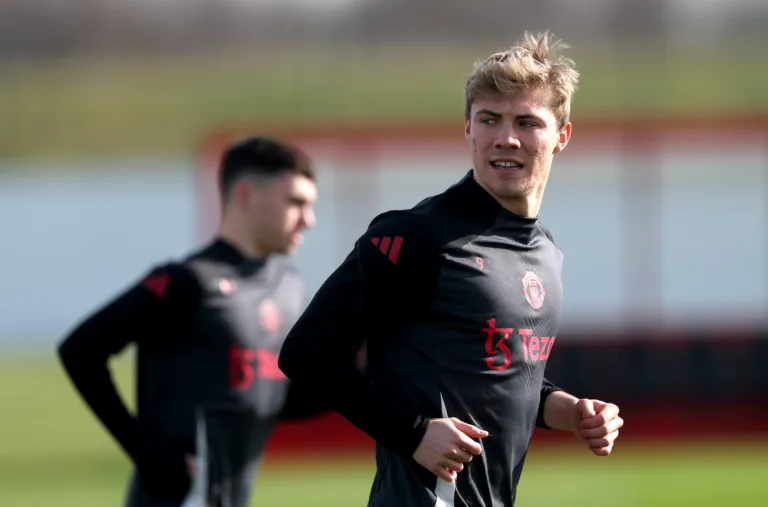Patrick O’Connell: The Irishman Who Is Known For Saving FC Barcelona But Did He Actually?
In the 1930’s, FC Barcelona, who are now widely regarded as one of the biggest footballing institutions in the world, very nearly weren’t. With the ongoing Spanish Civil War at the time, LA Liga was suspended in 1936–1937, and the Catalan club, which was already in financial trouble, was going to have a difficult time paying their debts with no competition being run. And on top of all this, tragedy struck.
Luckily, FC Barcelona, under the leadership of Irishman Patrick O’Connell, received an offer they couldn’t refuse that would completely wipe out their debt. It was a saving moment for the now-European giants.
This is the story of a man known to some as the saviour of FC Barcelona, who was then buried in an unmarked grave.
Who is Patrick O’Connell?
Patrick O’Connell, born in 1887, grew up in Co. Dublin and became a footballer. In 1909, at the age of 22, he left Belfast Celtic to join Sheffield Wednesday in England. During his three years at Sheffield Wednesday, he only managed to appear in 18 games.
In 1912, Patrick joined Hull City, where he managed to earn 58 appearances and represent his national team, Ireland, on three occasions.
The 1914 British Home Championship saw O’Connell help his country to victory over Wales and England. A draw to Scotland and an England defeat to Scotland were enough to see Ireland crowned the champions for the only time in their history.
These games for Ireland convinced Manchester United to purchase O’Connell in 1914 for a fee of £1,000. With inflation, this would be around £144,605 in 2024. This made him one of the first of many Irishmen to play for Manchester United.
1915 British Footballing Scandal
During the 1914–15 season for Manchester United, Patrick was awarded the captaincy. During this period, he was involved in the 1915 British football scandal. A match between rivals Manchester United and Liverpool was fixed. Three of Patrick’s teammates were found guilty and banned for life, as well as four Liverpool players.
The First World War essentially put an end to the Irishman’s playing career. In 1921, he took on a role as a player/manager at Ashington. Little did he know that this spell was the last he would have in England.
Spain
In 1922, O’Connell became the manager of the Spanish side Racing de Santander. He replaced England’s Fred Pentland. During the 7 years he spent at Racing de Santander, he guided the team to 5 regional titles. After spending two years at Real Oviedo between 1929 and 1931, he then joined Real Betis.
In his four years at Real Betis, he won the Segunda Division title in 1931/32 and the La Liga title in 1934/35. The time spent at Real Betis was enough to convince football giant FC Barcelona to make a move for the Irishman.
“He was Irish. The Irish and Catalans have a great friendship because the Catalan nationalists in the 1920s were heavily influenced by the Irish nationalists. It’s a strong relationship. So, the reaction was ‘Oh, an Irish trainer? Okay! Welcome to Catalonia’.
– Carles Viñas (Spanish Historian)
His move to FC Barcelona didn’t start as he liked due to the Spanish Civil War, causing the league to be suspended in 1936. In the same year, Barcelona’s president, Josep Sunyol who brought Patrick O’Connell to the club, was killed by Francoist forces as he made his way back to Catalonia from the capital of Spain, Madrid.
“When the war erupts, he is away. And he writes a letter to the club asking if he should come back. The club tell him, ‘Come back if you want but we don’t have any money to pay you’. But O’Connell says, ‘That’s no problem. I have a home there so I’ll come back.’ For this, he’s very respected here. But not as the man who saved the club. That’s a myth.”
– Carles Viñas (Spanish Historian)
USA Tour
A year later, Barcelona goalkeeper Josep Iborra received an offer from a businessman, Manuel Mas Serrano. Serrano proposed that Barcelona travel to play a series of exhibition matches in the United States and Mexico. Serrano offered that all expenses would be covered and an estimated income of $15,000 would be given to Barcelona. Barcelona participated in 14 games between the 20th of June and the 20th of September, winning 10 and losing 4 of them in Mexico and the United States.
Barcelona could clear their debt due to the success of this tour, which essentially saved the club. Nine of Barcelona’s players decided to stay in America and France, so O’Connell returned to Spain with four players.
After Barcelona, O’Connell returned to Real Betis. He then joined Real Betis rivals Sevilla, where he helped them finish 2nd in the league in his first season at the club.
In 1959, Patrick O’Connell passed away. He was buried in an unmarked plot at St. Mary’s Cemetery in London. 55 years later, in 2014, O’Connell supporters set up a trust fund that saw the grave properly restored.
So did Patrick O’Connell save Barcelona? No, he didn’t. Patrick wasn’t the reason the club was invited on the tour that helped the club pay off the debts. However, he is a very respected man for returning to Barcelona after the Spanish Civil War and for the achievements he won in football. From Ireland to captaining Manchester United to managing Barcelona. Patrick O’Connell is a significant name in Irish football history.
If you want to learn more about this intriguing story, we have listed it among our Top 5 football books to read!








